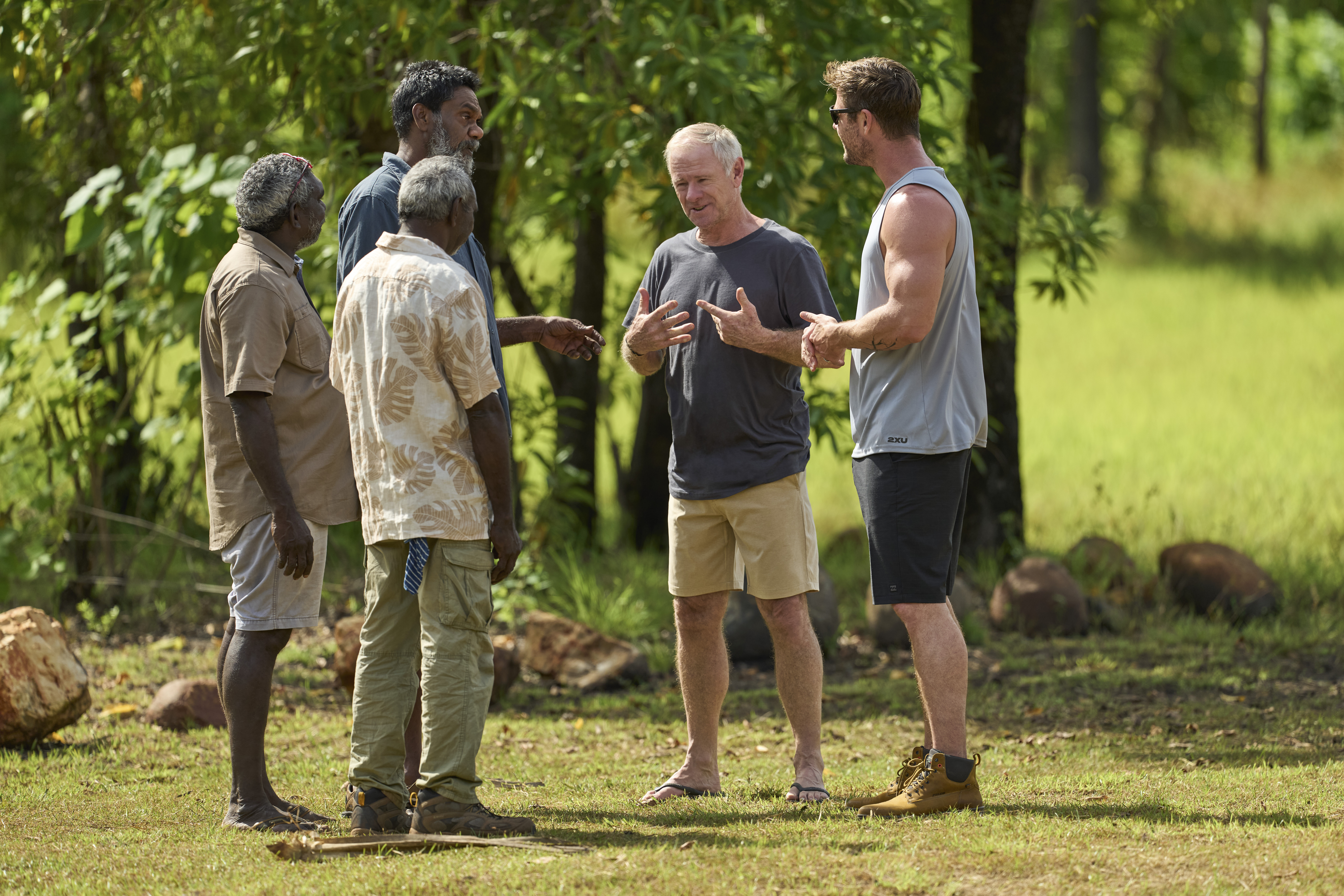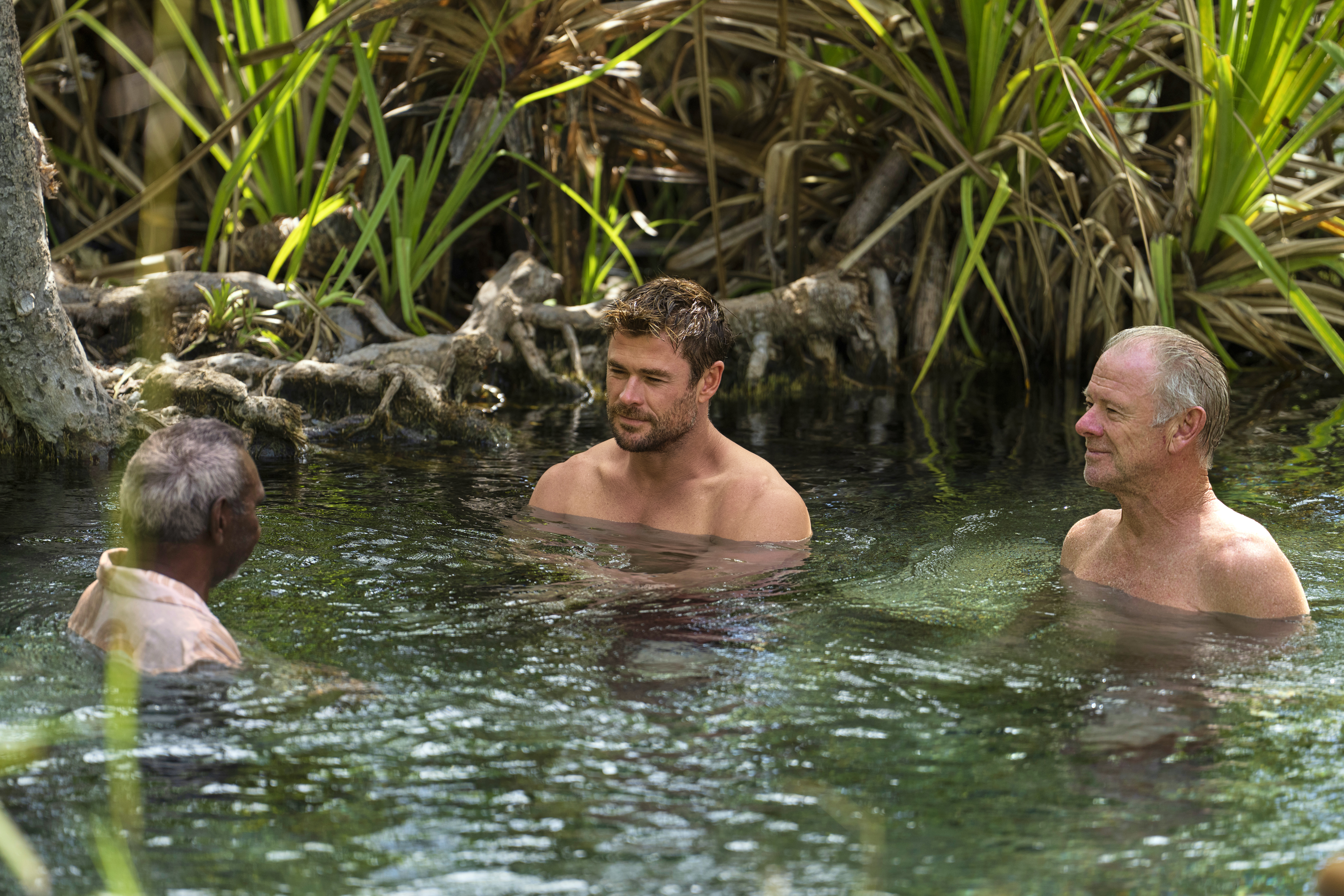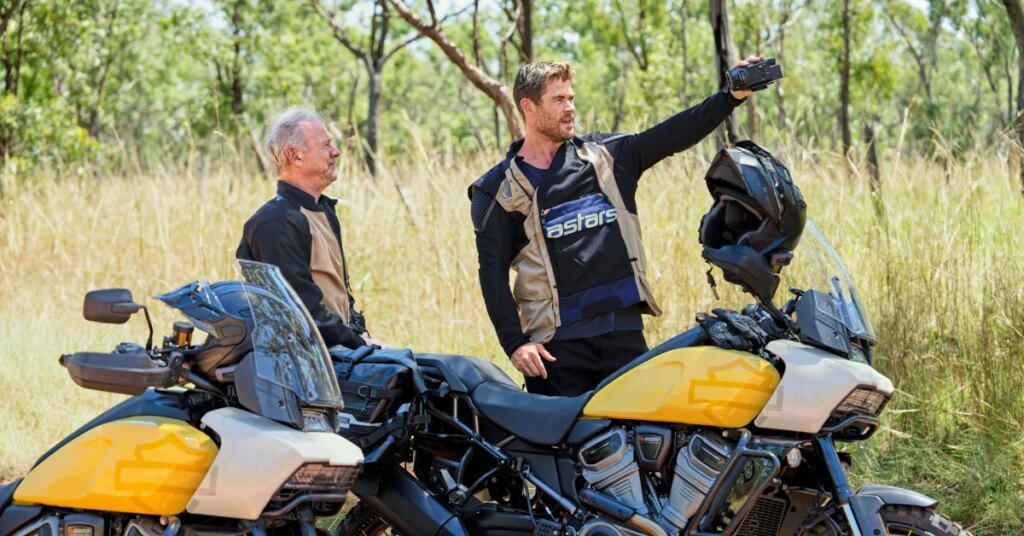When actor Chris Hemsworth, who played Thor in the Marvel series, agreed to join a documentary exploring longevity several years ago, he figured he would learn about how to live better so that he could live longer. But he never anticipated he would find out something that could dramatically affect what those future years could look like.
In the documentary series Limitless, released in 2022 by National Geographic, Hemsworth took a battery of tests to learn what he could do to extend his healthy years. A genetic test revealed, however, that he has two copies of the risk gene for Alzheimer’s. While the genes aren’t a guarantee he will develop the neurodegenerative disease, carriers have an eight to 10-fold higher risk.
[time-brightcove not-tgx=”true”]
The diagnosis wasn’t a total surprise; Hemsworth’s grandfather had the condition, and his father Craig is living with it as well. While Hemsworth hasn’t developed any symptoms yet, his father is showing the first signs of memory loss. In a new National Geographic documentary film called A Road Trip to Remember, he and his father explore the growing science around potential interventions for the brain disease, and ways that research is showing to slow down its progression. The hope is that these could help people at higher risk stay as healthy and resilient for as long as possible.
Since learning of his genetic risk, Hemsworth has made changes to his life, slowing down his acting career to prioritize time with his family, as well as taking steps to keep his body and mind healthy. Sharing his elevated risk status is part of his response to the life-changing news; in a 2022 Vanity Fair interview, he said, “If this is a motivator for people to take better care of themselves and also understand that there are steps you can take—then fantastic.”
In the latest film, Hemsworth focuses on a side of Alzheimer’s care that doesn’t typically receive the spotlight: the role that diet, exercise, sleep, and staying socially active can have on the progression of the disease. Evolving research shows that improving nutrition, exercising more, sleeping well, reducing stress, and staying socially engaged can slow the risk of progressing to more advanced stages of Alzheimer’s. In an effort to help his father, Hemsworth zeroes in on social connection and takes a road trip with his father to their former home in the outback of Australia. There, he helps his father reconnect with old friends and reminisce, in hopes of keeping memories from fading away.
Read More: The Best Years of Your Life Are Probably Still Ahead
The idea for the literal and figurative trip down memory lane came from Suraj Samtani, a psychologist and postdoctoral fellow at the University of New South Wales in the Center for Health Brain Aging, who served as a scientific consultant for the film. Samtani studies so-called social frailty, or the extent to which a lack of social interactions can impact the progression of their disease. It’s not a new concept, but one that is gaining traction in the medical community as a potentially important factor in addressing Alzheimer’s risk as early as possible in the disease course. Combining strategies that involve maintaining or building social connections with Alzheimer’s medications could become a critical way for people like Hemsworth and his father to stay mentally alert for longer.
“We knew from previous research that loneliness is as bad for brain health as smoking 15 cigarettes a day,” Samtani tells TIME. “And that social connections are the most important factor in delaying the onset of many chronic health conditions. But we wanted to know: what was the recipe for brain health using social connections? And do social connections still matter after you’ve accounted for all of the other known risk factors of dementia?”
Samtani dove into the Sydney Memory and Aging Study, which includes data on more than 1,300 people, some of whom had brain scans, blood tests, or cognitive tests over a period of 14 years. The participants also provided information on their diet, social connections, and other lifestyle factors. Samtani and his colleagues recorded the number of dementia cases—including Alzheimer’s, the most common form—in the group.
“We found that social connections are incredibly protective,” he says of the results, which he and his colleagues published in 2022. “For people who have good social connections, the risk of dementia was half compared to everyone else,” Samtani says. “That shocked us. We knew these were important but didn’t expect it to be this powerful a protective factor.” Social engagement seemed to “put the brakes on cognitive decline,” he says, for people who had already started experiencing cognitive issues.
A year later, they reported that not only do people with stronger social connections have a lower risk of developing dementia, but they also have lower overall mortality from any cause compared to those with weaker social networks.
Samtani is now working with an AI bot to mimic the impact that social connections and conversations can have for people with Alzheimer’s—especially those who may be increasingly isolated and without strong networks of friends or family. Called Viv and Friends, the bots connect with people on iPads and are designed to have conversations specifically designed to stimulate the memories of people with dementia. He’s planning to publish the findings from the first small study with 12 older people living in a residential facility who don’t have regular visitors. “Viv is designed to talk to people about lots of different topics in order to stimulate the mind, and also to provide people with emotional support when they feel distressed,” he says. While they are still analyzing the results, he says that one resident who conversed with Viv for five weeks reported that those were the longest conversations she had had in a long while. “The idea is to replace the loneliness people may feel and provide them instead with cognitive stimulation,” says Samtani.
Why social connections benefit the brain
There are several key features of good social connections, Samtani says. The quality of these relationships matters more than the quantity: People could have an extensive network of social connections but still feel lonely if they’re not getting adequate emotional support.
In his research, Samtani also identified two factors that seemed to distinguish people with good quality interactions. One was having connections to people outside of friends and family—and outside of the home. That’s because your brain doesn’t have to work as hard when interacting with the people you live with.“You’re talking about a diversity of topics,” which “stimulates the brain and leads to cognitive reserve, or how much capacity the brain has to keep functioning. Sometimes this cognitive reserve can protect from Alzheimer’s.”
The second feature of strong interactions is whether a person has someone they can trust and lean on during stressful times. Stress can increase inflammation, particularly in the brain, which can be detrimental and contribute to Alzheimer’s processes.
One way to build these types of connections is through reminiscence therapy, or reactivating memories of the past. Looking at photo albums and reliving experiences with family or friends can keep memory circuits active and help with retaining cognitive reserve.
Read More: How to Deal With Brain Fog During Menopause
That’s the approach that Hemsworth takes with his father when they return to Bullman, in Australia’s Northern Territory, a remote town where the family lived when Hemsworth and his brothers were young. “I know for my dad’s cognitive health, going back to Bullman should be powerful therapy,” says Hemsworth in the film. There in the rustic outback, Craig helped to wrangle buffalo, barely dodging their horns, and his fearlessness earned him the nickname “Chuck Norris” in the community.
Reactivating old memories forces the brain into a mental workout to revive feelings, smells, sounds, and more, says Samtani, and this process can keep those circuits active and hopefully protect them from more rapid decline.
Upon returning to Bullman, Craig and Chris reunite with old friends, and as the memories flood in, Craig becomes more animated and engaged. Chris notices that his father becomes more present, although he still experiences brief moments of confusion when he starts talking to an old friend. Samtani says the sense of belonging, trust, and, love is one reason why social connections can help to combat the neurodegeneration of Alzheimer’s.

In the film, Hemsworth says that being back in Bullman is like “pieces of a puzzle” coming together. “I think there was a greater sense of engagement for my dad,” he says of the experience of returning to their former home. “He was much more comfortable and outspoken by the end of this trip than he was at the beginning. Something was ignited in there.”
“This is reminiscence therapy at a supercharged level combined with the power of social connections,” Samtani says in the film.

Reawakening old memories and strengthening social ties may be just one potential way to chip away at Alzheimer’s disease, and it highlights the power of intervening as early as possible in the disease to hopefully slow down its relentless progress.
Following the trip with his father, Hemsworth notes one of the great paradoxes of Alzheimer’s: that the disease gradually robs people of the social connections and bridges that people make with others, but that those very networks are important tools to combat that deterioration. It’s a realization that could help more people like his father, who are in the early stages of the disease, or even like Hemsworth himself, who are at high risk but not yet showing symptoms, to be better prepared to confront the brain changes that could otherwise be so devastating.
The post The Science Behind Chris Hemsworth’s Alzheimer’s Documentary appeared first on TIME.




